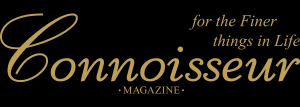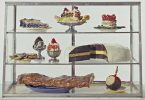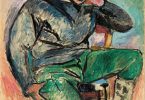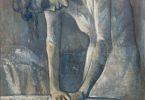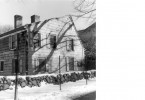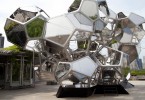 An extraordinary display of artworks by one of Britain’s most widely recognised modern artists.
An extraordinary display of artworks by one of Britain’s most widely recognised modern artists.The Henry Moore exhibition at London’s Tate Britain offers not only a tantalising insight into the career of one of Britain’s best known sculptors through his iconic works in stone and bronze executed throughout his prolific career, but also displays a magnificent selection of works on paper, from colliery studies in northern England, to wartime works in the air raid shelters of London during the Blitz – from which Moore became an official war artist.
